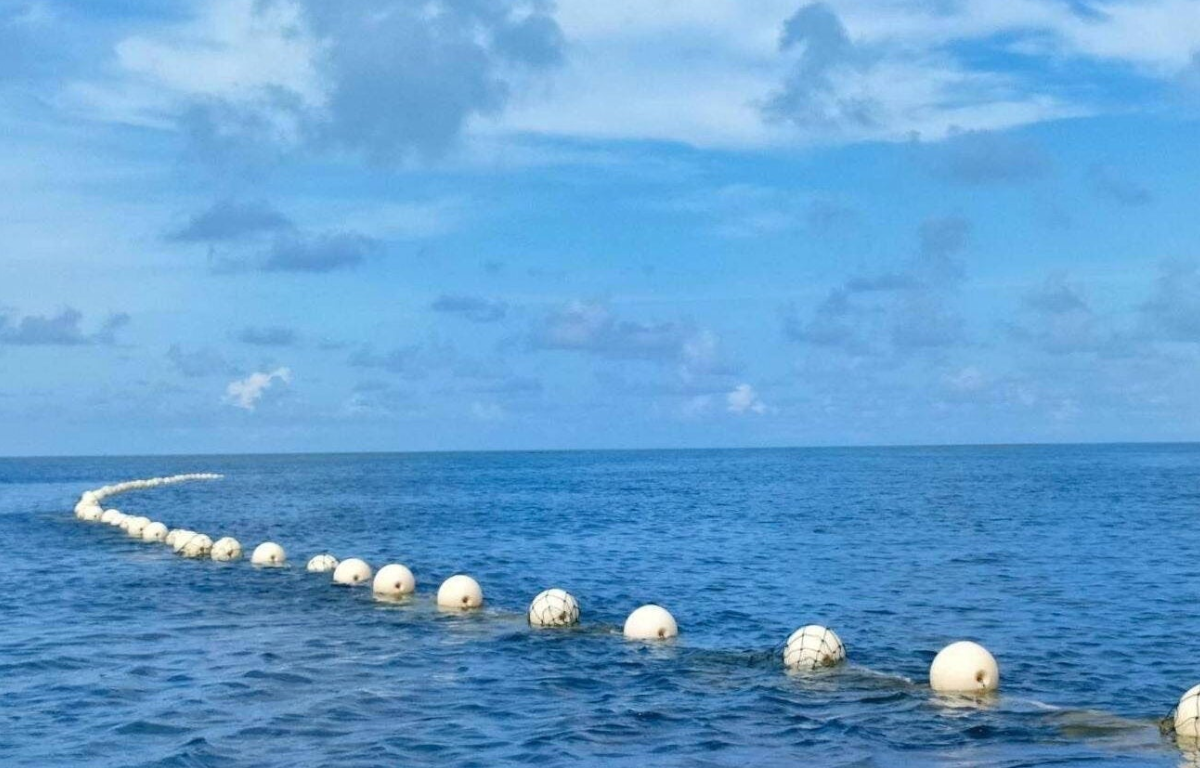
This development underscores the increasingly fraught dynamics in the region, where strategic interests and military posturing have led to frequent confrontations and a steady escalation of military presence.
Reports of Chinese intelligence-gathering vessels shadowing US, Philippine, and French warships have raised concerns among defense analysts and international observers. The South China Sea, a critical maritime region through which a significant portion of global trade passes, has long been a hotspot for territorial disputes and military brinkmanship. China’s expansive territorial claims, which are contested by several neighboring countries, have led to numerous incidents and a perpetual state of high alert.
The presence of Chinese spy ships in proximity to warships from these three nations is seen as part of Beijing’s broader strategy to assert its dominance in the region. By monitoring foreign naval operations, China aims to gather intelligence and demonstrate its ability to surveil and potentially challenge any maritime activities it deems threatening to its interests. This tactic also serves as a deterrent, signaling to other nations the high level of Chinese vigilance and capability in the disputed waters.
The US, which has a longstanding policy of ensuring freedom of navigation in international waters, regularly conducts naval operations in the South China Sea. These operations often involve joint exercises with allies and partners, such as the Philippines and France, to underscore the commitment to maintaining open sea lanes and countering what is perceived as Chinese aggression. The recent surveillance by Chinese spy ships is seen as a direct response to these joint naval exercises.
The Philippines, a key US ally and one of the claimants in the South China Sea dispute, has been increasingly vocal about Chinese incursions into its territorial waters. The presence of Chinese spy ships monitoring Philippine naval activities is likely to exacerbate already strained relations between Manila and Beijing. The Philippines has been seeking to bolster its defense capabilities and strengthen alliances to better counter China’s maritime assertiveness.
France, although geographically distant, has shown a growing interest in the Indo-Pacific region, advocating for a free and open maritime order. French naval deployments in the South China Sea, often in coordination with US and regional allies, reflect this strategic interest. The surveillance by Chinese vessels highlights the global dimension of the South China Sea disputes and the broader international implications of Chinese maritime policies.
The activities of Chinese spy ships tracking US, Philippine, and French warships are not only about immediate intelligence gathering but also about long-term strategic positioning. By closely monitoring the movements and operations of other nations’ navies, China aims to refine its own naval strategies, enhance its maritime situational awareness, and project power across the region.
As the South China Sea remains a focal point of geopolitical contention, the interactions between Chinese spy ships and foreign warships illustrate the complex and high-stakes nature of maritime security in the 21st century. These developments call for careful diplomatic and military responses to manage tensions and prevent potential conflicts in one of the world’s most strategically significant waterways.










Share this: